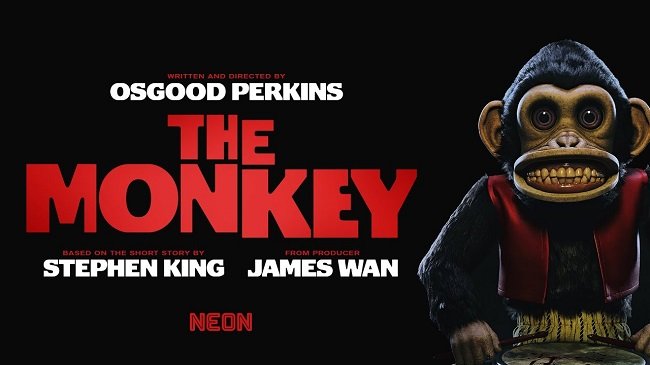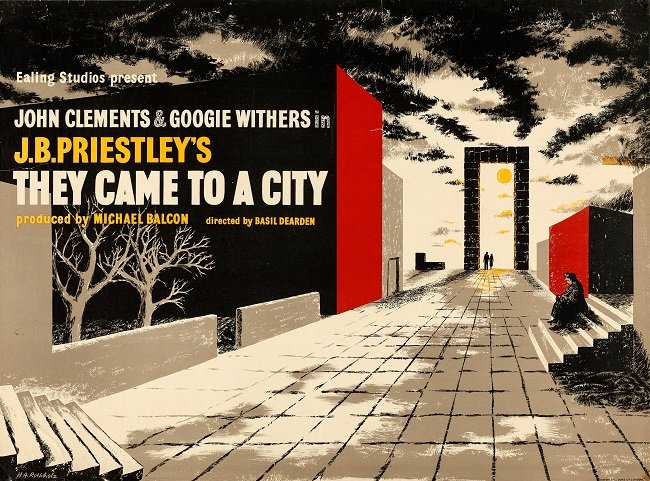Not Every Film Needs a Sequel
Sequels are not a modern cinematic invention, nor are lucrative film franchises. Son of Kong (1933) followed King Kong (1933) within a year. Universal ran a horror movie franchise starting with Dracula in 1931 which ran until 1956, ending with The Creature Walks Among Us. However, although striking it rich at the box office has always been the focus of mainstream Hollywood filmmaking, the studio system of the so-called golden age at least was committed towards making quality cinema and films were not just about brand recognition. As well as seeking big hits the major studios were also content to produce smaller budget films that were moderately successful. However, this approach changed substantially in the late sixties and early seventies when the major film studios of Hollywood were bought by corporations. Creativity and entertainment were subsequently tempered by a business strategy that saw art as a product to be sold and marketed.
That’s not to say that good films haven’t been made since then, just that the current ethos makes things harder. The bloated structure inherent in modern business, means that as a script or concept passes through every corporate fiefdom, where “value is added” as everyone desperately tries to justify their existence in the chain of command. At present mainstream Western filmmaking is risk averse, while seeking infinite growth. Hence franchises, brand recognition, reboots, sequels and anything other than an original idea is looked to as a source of potential box office success. Perhaps the apex of this business strategy is the Marvel Cinematic Universe. A sprawling chain of films, more akin to a product line of toys. They are well made, formulaic and entirely self serving while marketed as a fan service. They certainly are entertaining to their fans but they are also profoundly changing the way films are perceived among those who have grown up with them.
I belong to a film related Discord server. One that tries to promote a broad spectrum of films from all countries and times. There was recently a big discussion around John Carpenter’s The Thing (1982) and it was very interesting to read the thoughts and opinions of those younger viewers who were not initially familiar with it. They knew it only by its reputation as being a horror movie milestone. After a specific weekend when everyone endeavoured to watch the film, the discussion picked up anew. Some of the reactions were quite surprising. A common “complaint” was that the nature of the mutating lifeform was never clarified in any detail. IE What was it, where did it come from and what did it want. Another recurring comment was regarding the ending. “Oh you can’t leave the story there. What happened next?” or words to that effect. And then there was the furious over analysis of the most trivial of plot points. Turns out people were looking for Easter eggs. Someone even watched the credits to see if there was a post credit sequence.
Simply put, there seems to be a broad cultural difference in one’s expectations about a film, based upon one’s age group and overall exposure to film. Because episodic cinema is now an integral aspect of big franchises, I understand why some people would see this as the industry standard. Yet not every story needs a further instalment. All too often sequels that try to extend a successful standalone film into a bigger franchise, just dilute the quality of the narrative. There are a few exceptions to this rule. Mad Max 2, Aliens and Psycho II, but by and large sequels tend to just tread familiar territory and add little that is new. A good standalone film is like a snapshot of life. In our own lifetime, we may have one single event that is radically different from daily life but once it passes, we return to the safe mundanity of our daily routine. The stories in films are somewhat like this. Unless of course you’re John McClane.
If a film is conceived from its pre-production to be the first in a franchise, then it has an impact on the way the story and the character arcs develop. Some instalment will inevitably be stronger and more compelling than others. The final film in a series also has to contend with meeting audiences expectations, which is a difficult thing to do. Another pitfall associated with any franchise is whether there will even be an end to the story, due to the law of diminishing box office returns. A regular film tells a complete story or provides as previously stated, a snapshot of a fictional world. The viewer at least has the satisfaction of having seen a complete and self contained cinematic work. Consider Akira Kurosawa’s Seven Samurai. It has a near perfect story arc which concludes in a definitive fashion. There is no need for a sequel because the film isn’t just about the characters or the deeds that they undertake. Its artistic merit resides within experiencing the film itself. Everything that there is to be gained is there already.




























